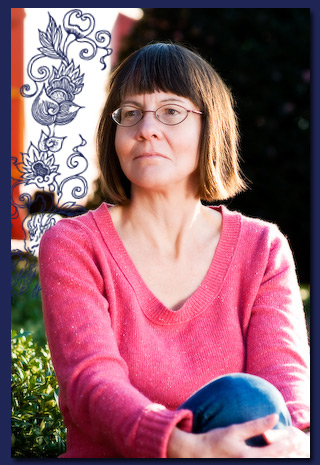 It is my pleasure to introduce historical novelist Susan Higginbotham, author of 5 novels set in medieval England or the Tudor era. At present she is completing a novel about historical figure Margaret Douglas, Countess of Lennox, in addition to a non-fiction book about the Woodenville family. She will be co-presenting at the Historical Novel Society Conference this June 21-13 in St. Petersburg, FL: “The Feisty Heroine Sold into Marriage Who Hates Bear Baiting: Clichés in HF and How to Avoid Them”.
It is my pleasure to introduce historical novelist Susan Higginbotham, author of 5 novels set in medieval England or the Tudor era. At present she is completing a novel about historical figure Margaret Douglas, Countess of Lennox, in addition to a non-fiction book about the Woodenville family. She will be co-presenting at the Historical Novel Society Conference this June 21-13 in St. Petersburg, FL: “The Feisty Heroine Sold into Marriage Who Hates Bear Baiting: Clichés in HF and How to Avoid Them”.
Clichés the bane of every novelist, sounds like a good session!
Q: How do you find the people and topics of your books?
Sometimes a person’s story will intrigue me, like that of Eleanor de Clare
in “The Traitor’s Wife,” my first novel. In other cases, I’ve been drawn
to people who have been misjudged or misrepresented, such as Margaret of
Anjou or Frances Grey. My last novel, “Her Highness, the Traitor,” was
originally supposed to have a single heroine, Frances Grey, but when I
began doing the research, I was so moved by some writings of Jane Dudley,
Duchess of Northumberland, that I ended up giving half of the novel to
her.
Usually, when person’s story keeps nagging at me, I know it’s a sign that
he or she belongs in one of my novels.
Q: Do you follow a specific writing and/or research process?
I do a lot of my basic research before starting my novel, but I never
really stop researching as I’m writing. A question will arise, such as
where a person was staying at a particular time, that requires
investigation, or I’ll stumble across something that make me rethink an
aspect of my novel. In my last novel, I ended up having to adjust the
ending in order to accommodate a record I found about Frances Grey’s
marriage date.
In research, I use as many primary sources as possible, and I’ve learned
never to take what I read in a secondary source for granted! I also make
extensive use of articles in scholarly journals–I’ve found that they
often contain nuggets of information that can’t be found in books. They’re
also an excellent source for finding information about lesser known
historical characters.
Like many historical novelists, I enjoy research as much or more than
writing, so it’s sometimes a matter of telling myself that it’s time to
stop researching and get to writing!
Q: What book was the most fun for you to write?
Probably “The Stolen Crown,” where Richard III is a major character. The
Richard who appears in my novel isn’t Shakespeare’s villain, but he’s
definitely not the nice guy who’s fashionable in current historical
fiction, so he was a fun character to write.
Q: For you, what is the line between fiction and fact?
While readers shouldn’t get their history solely from historical fiction,
the fact is that many of them do. With that in mind, I believe very
strongly in sticking to the facts as closely as possible, and in a
novelist informing the reader in an author’s note when known facts have
been altered. Because there’s so much we don’t know or have to guess
about, being faithful to history doesn’t cage an author’s imagination.
I also believe that authors should avoid tarnishing a historical figure’s
reputation without a sound factual basis for doing so. I’ve read several
novels where various male characters are portrayed as being rapists, for
instance, without any historical basis for such a depiction. It’s usually
a way of making a bad guy even more unsympathetic, and as such is a cheap
and lazy device. We can still have our heroes and villains, of course–but
I think we owe some respect and fidelity to historical figures who can no
longer defend themselves.
Thank you Susan for the interview and see you at the HNS Conference!

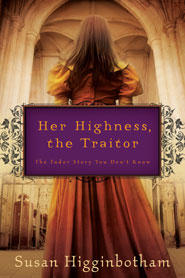
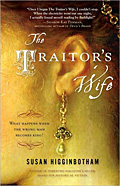
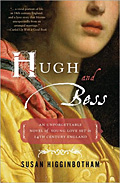
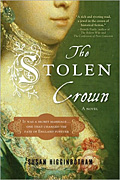
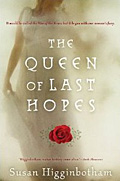
Thanks for hosting me!
Susan- It is my pleasure and I look forward to meeting you at the conference! Regards.
An interesting post, Susan. I have medieval ancestor whom I’m researching in order to attempt my first historical novel. As part of that research, I’m delighted to find your books and add them to my TBR pile. Continued success with your writing.